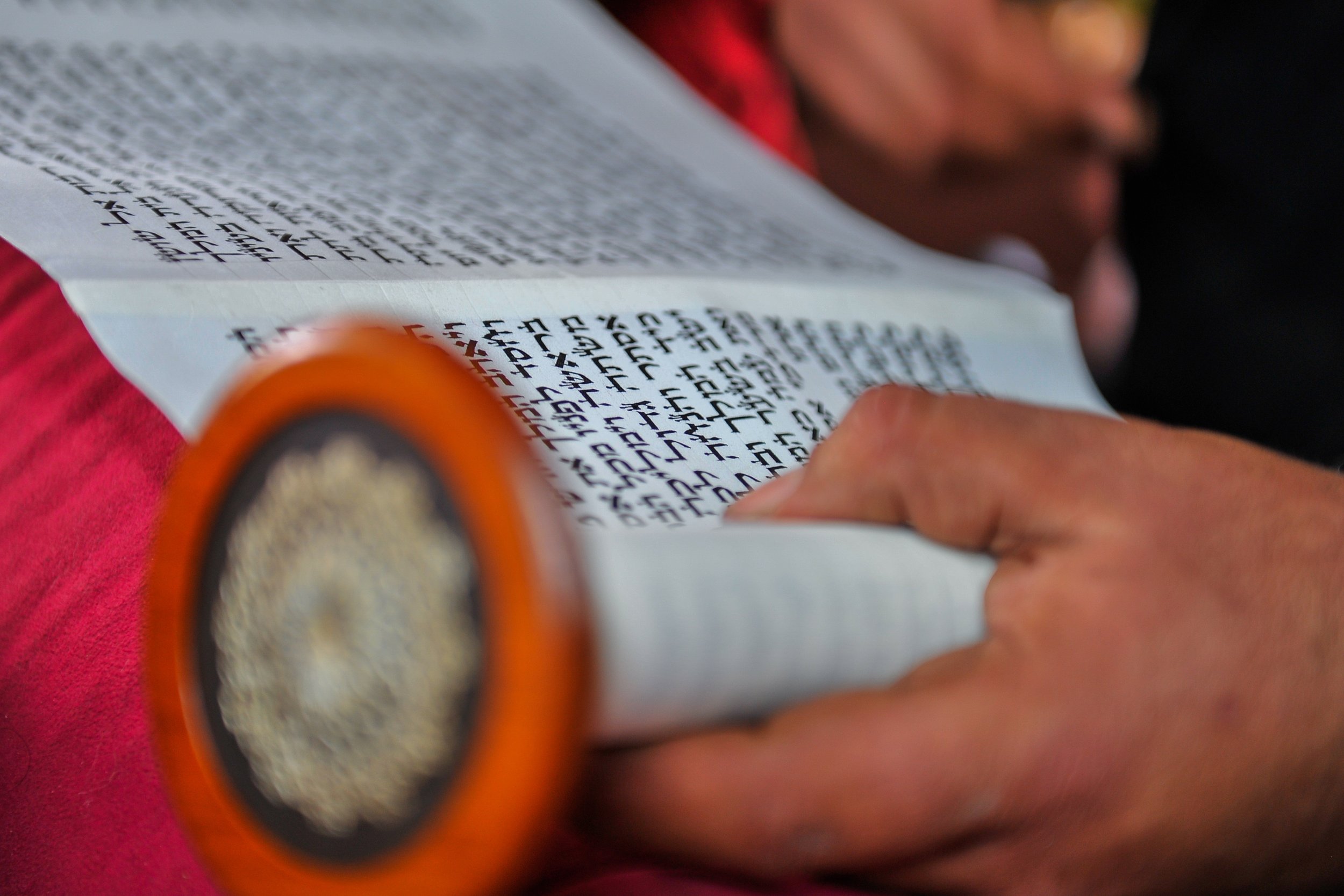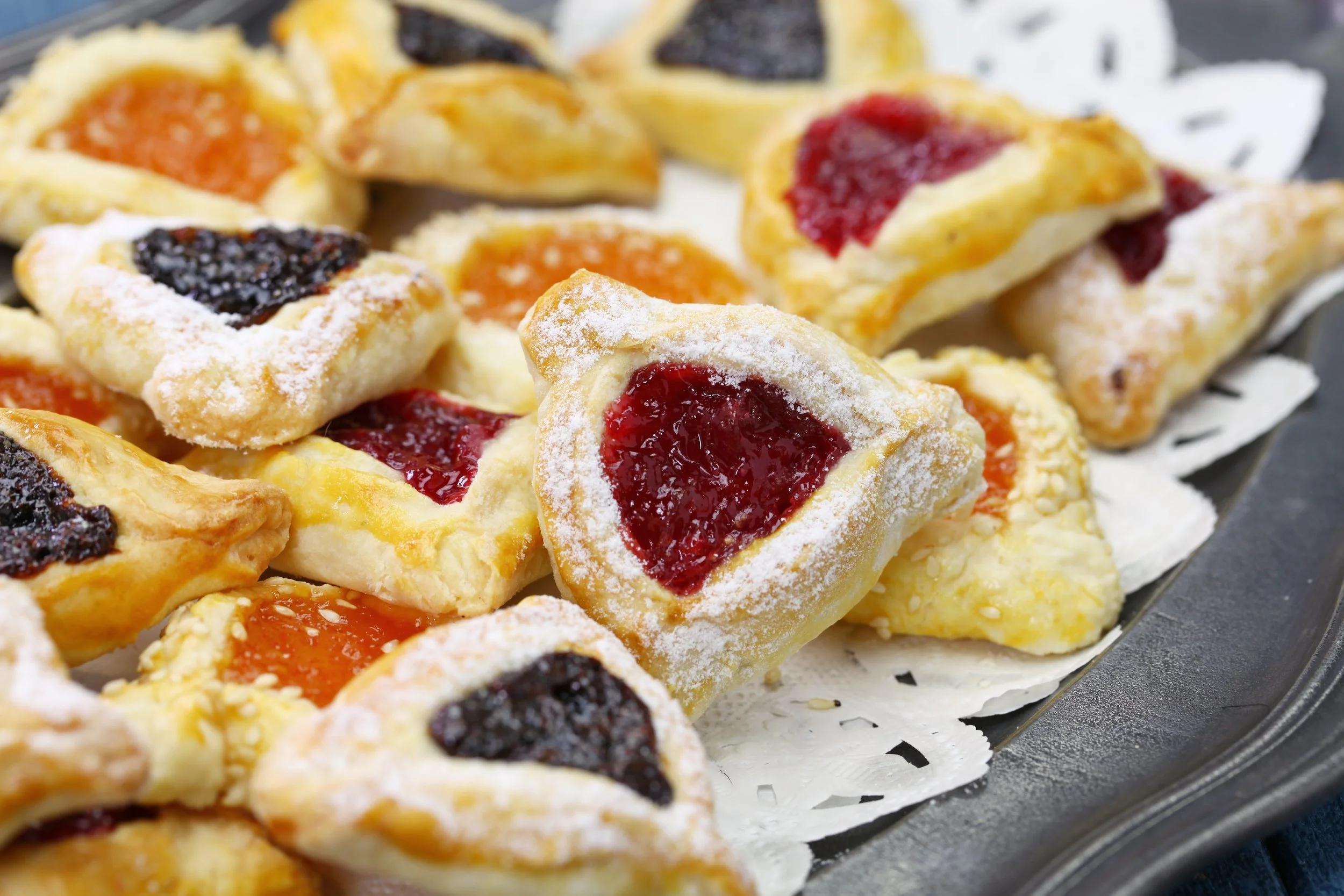Purim
The Feast of Esther
Observed in February or March
Greeting:
Chag Purim Sameach!
(Happy Purim!)
What is Purim?
Purim celebrates the story in the book of Esther. This joyful and rowdy holiday commemorates one of the many times in history when God preserved the Jewish people from destruction by their enemies.
What does “Purim” mean?
Purim is a plural form of the ancient Persian word for “lots.” Esther 3:7 tells how Haman used “Pur, that is the lot” to determine the timing of his scheme against the Jewish people.
What is the background of Purim?
The book of Esther tells the story of Purim. The events took place between 483–471 B.C. during the reign of King Ahasuerus (Xerxes I of Persia), who made Esther his queen. After Esther’s marriage, the king’s representative, Haman, became angry with Esther’s cousin, Mordecai, who refused to bow down to Haman. Knowing that Mordecai was Jewish, Haman came up with a plot to kill all Jewish people in the empire. Mordecai persuaded Queen Esther to plead to the king on behalf of their people – a bold move that put her own life at risk.
When Esther courageously told the king of Haman’s plot and revealed that she was Jewish, the king had Haman and his sons hanged and sent out a decree authorizing his Jewish subjects to fight back against those who sought to destroy them. Esther 9:20–22 describes how Mordecai, elevated to a place of authority, instituted Purim as a day of feasting and rejoicing.
How is Purim celebrated today?
The Purim celebration has an almost carnival-like atmosphere. Customs include singing and dancing, wearing masks and costumes, giving gifts of food and drink to friends and neighbors, and offering charity to the poor. Each year the Scroll of Esther is read aloud. Each mention of Haman’s name is met with boos, hisses, and spinning noisemakers (called gragers) to “blot out the name of Haman.”
Wine often figures prominently in Purim celebrations, relating to a controversial passage in the Talmud that reads, “It is the duty of a man to mellow himself [with wine] on Purim until he cannot tell the difference between ‘cursed be Haman’ and ‘blessed be Mordecai’’’ (Megillah 7b).
What are traditional Purim foods?
The star of Purim cuisine is hamantaschen (a German/Yiddish word meaning “Haman’s pockets” or “Haman’s ears”), a three-corner cookie filled with poppy seeds, prunes, or other fruits. Families traditionally make hamantaschen and give it to friends and neighbors in honor of Purim.
Another popular dish is kreplach, dumplings made of noodle-like triangular pieces of dough, stuffed with a chopped meat and onion filling, and served in a thick soup as part of the holiday meal.
What is Purim’s significance for believers?
In Genesis 12:3 God tells Abraham,
“I will bless those who bless you,
And the one who curses you I will curse.
And in you all the families of the earth will be blessed.”
Purim is an annual reminder that God has always been faithful to His promises. Any time His people are threatened with destruction, God has intervened to preserve His people. We as believers in Jesus have reason to celebrate: God’s consistent protection of the Jewish people should give us a sense of hope and security. God is a covenant-keeper, faithful to every generation!




